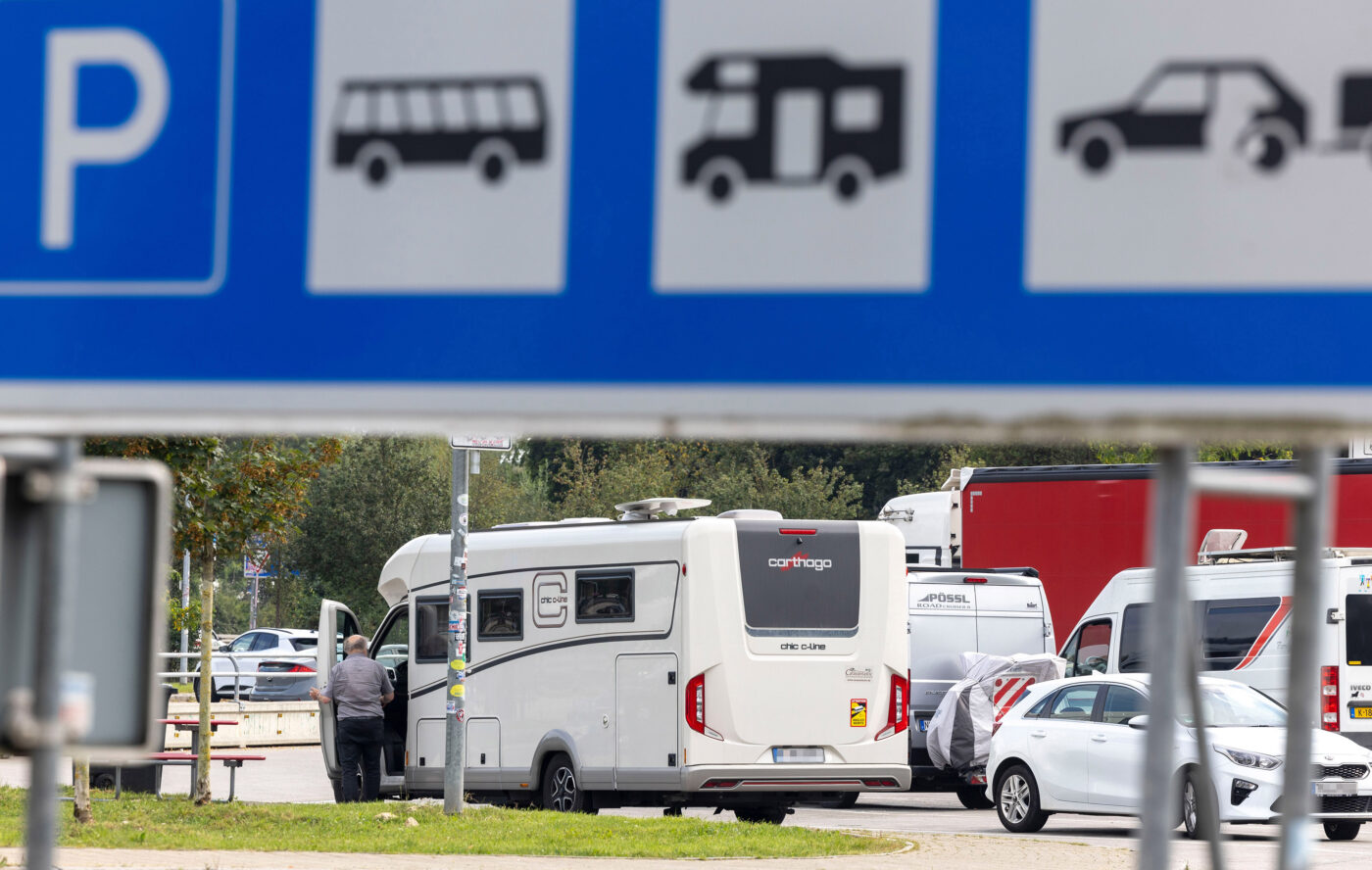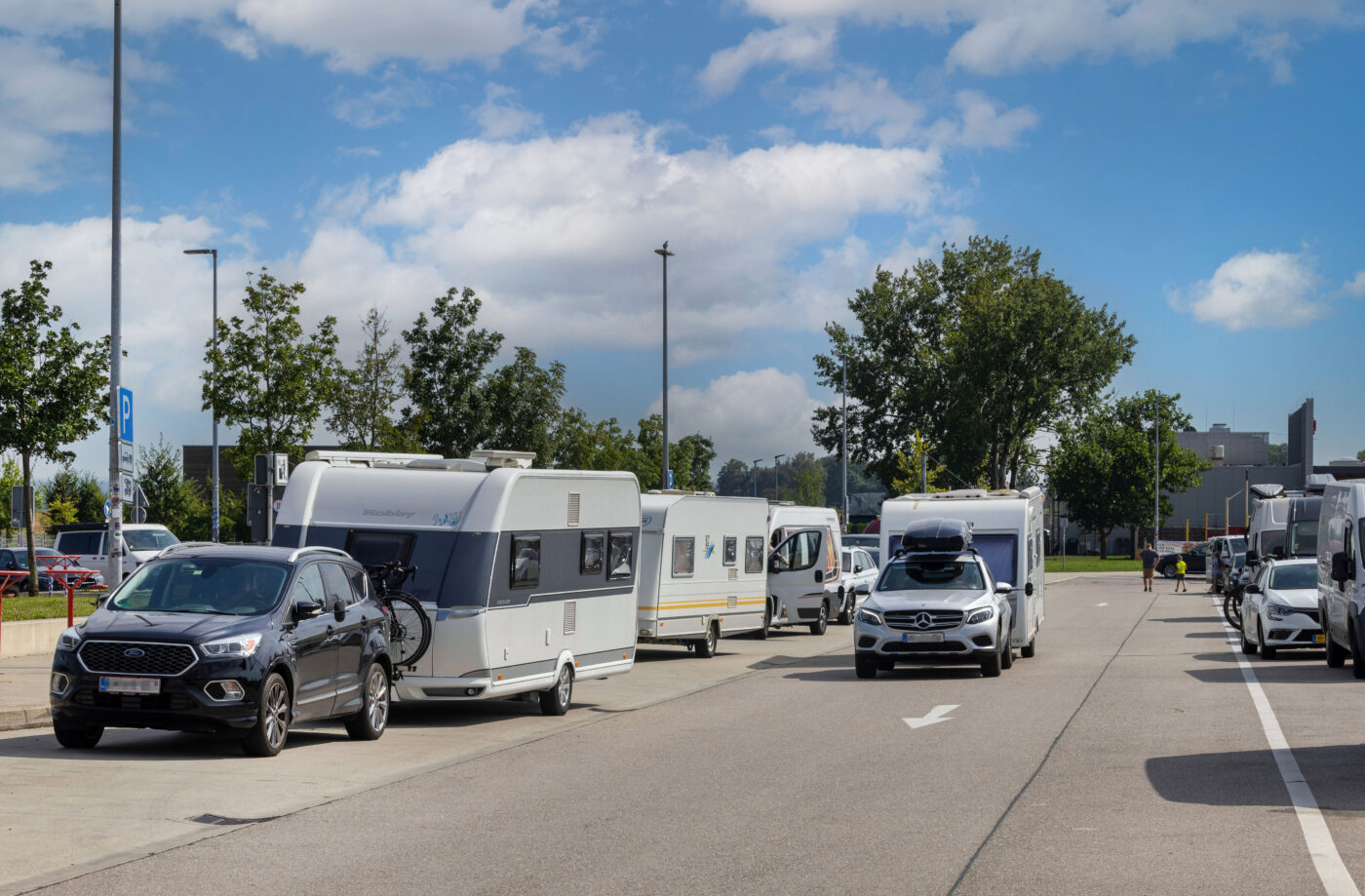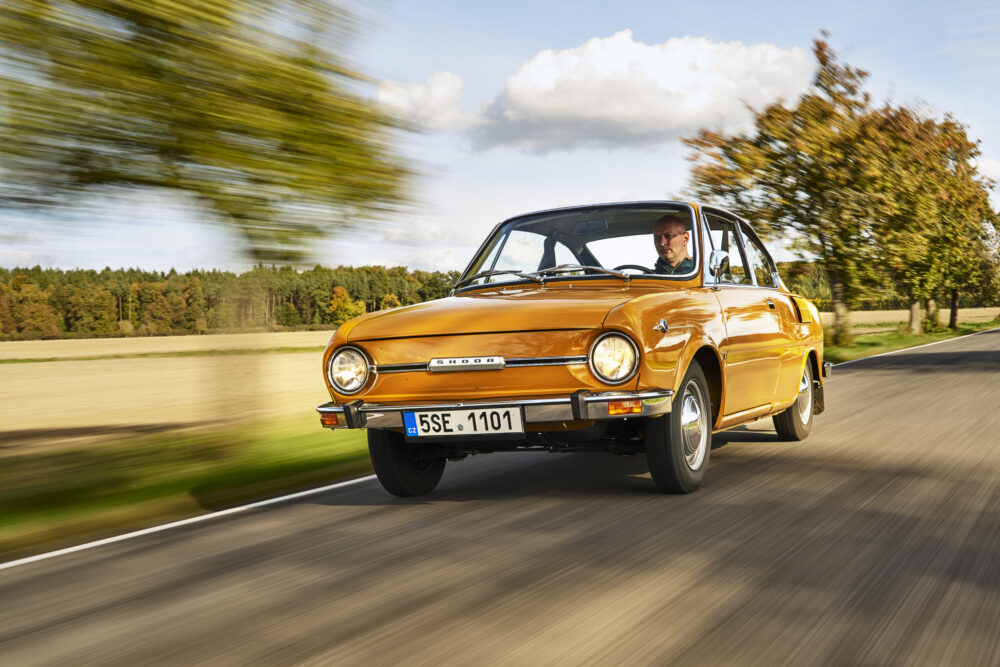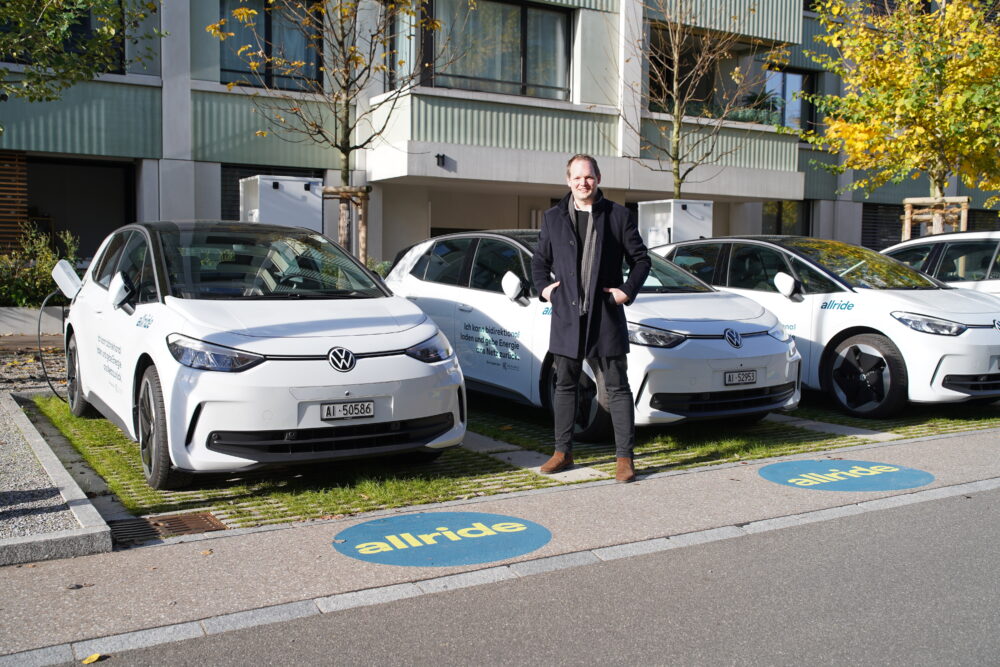Service station test: France top, Spain lagging behind
The TCS tested 150 highway service stations in France, Italy, Spain and Switzerland and examined how well they are prepared for the needs of different groups of travelers.

Whether campers, families, electric car drivers or people traveling with a pet, they all have different needs when it comes to rest stops. The TCS took this into account in its latest rest area test. The results show clear differences between the individual countries: France impresses with a high-quality offer, while Spain clearly lags behind in comparison. The overall result in Switzerland is good, but has room for improvement - more on this below.
In spring 2025, the TCS carried out a comprehensive field survey at 150 service stations along the main freeway axes in France, Italy, Spain and Switzerland. This test followed on from an initial analysis that the club had already carried out at Swiss service areas in 2024. A TCS expert was specially on the road with a motorhome and a dog to assess the conditions on site from a practical perspective - a total of 14,000 kilometers were covered.

Large-scale comparison in four countries
The test included 58 service stations in Switzerland, 49 in France, 33 in Italy and 10 in Spain. The selection was made along the most important transit axes in southern Europe. All facilities were assessed according to a uniform evaluation scheme - including in the areas of signaling, parking situation (especially for campers and trucks), infrastructure for supply and disposal, availability and quality of charging infrastructure for electric vehicles, playgrounds for children, equipment for animals, general cleanliness, safety level and the presence of stores or gas bottle offers. Each site was visited in person and documented and evaluated using practical tests.
Results by country: Light and shade
France scored particularly well overall. The rest areas are well designed, embedded in the landscape and offer a comprehensive range of facilities for different user groups. The Aire de Village Catalan on the A9 towards Spain achieved the highest rating with 98 percent - thanks to its modern camper infrastructure, a playground, regional products and a spacious dog run. Montélimar Est (91 percent) and Poitou-Charentes (90 percent) followed closely behind, thanks to their comfort, accessibility and infrastructure. Drumettaz (41%), Mouxy (39%) and St. Augustin La Grau (22%) were significantly weaker, with hardly any suitable facilities for campers, families or pet owners.

Light and shadow in Italy
Italy showed major differences between the facilities tested. While service areas such as Sillaro Ovest (87 percent), Somaglia Ovest (71 percent) and Arda Ovest (71 percent) scored well with charging facilities, green zones and animal friendliness, many others lacked clear signage and basic infrastructure for campers. Cecina (19 percent), Rubicone Ovest (15 percent) and Foglia Ovest (11 percent) scored the worst - with hardly any services for motorhome travelers or families.
Only one service station in Spain with solid value
Spain lagged far behind in comparison. Only one out of ten facilities tested achieved more than 50 percent. Most of the rest areas showed considerable deficits in terms of facilities and condition. The Area del Monsenyt on the AP-7 scored 50 percent with a dog run, a playground and a solid camper infrastructure. Montseny (43 percent) and El Gironès (39 percent) at least offered some family-friendly elements. However, Maçanet, Cespa-Valles (18% each) and Maçanet Nord (21%) did not have any charging infrastructure, green zones or special camper facilities.
Good balance sheet, but potential for improvement
Switzerland's overall score is good, but with room for improvement. La Côte Lac (85%), Neuenkirch West (84%) and Kemptthal (83%) stood out particularly positively - with good facilities for campers, charging infrastructure, recreational areas and dog zones. Pratteln North and South (16% each) and Weinland (14%) stood out negatively, with hardly any facilities for electric vehicles or motorhomes.
 Recommendations for a mobile future in Europe
Recommendations for a mobile future in Europe
The TCS test illustrates the benefits of common standards at European level to improve the quality and functionality of service areas. The aim should be to guarantee a reliable minimum level of services - for example in terms of charging infrastructure, waste disposal facilities, child and animal-friendly equipment, cleanliness and safety. TCS calls for increased cooperation between national authorities, operators and European mobility clubs to make travel infrastructure more sustainable and user-friendly - for all road users, regardless of their chosen means of transportation








